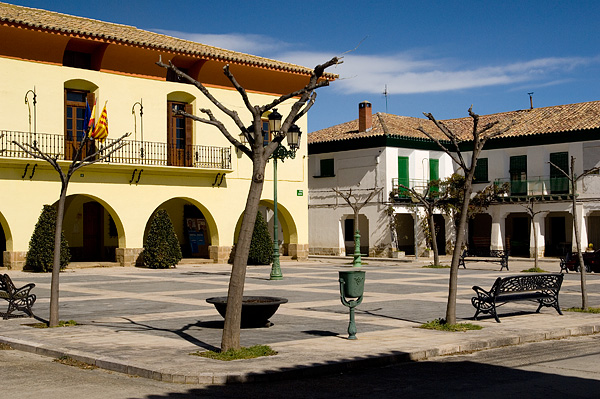
At just a few kilometers away and only a kilometer from the nearest village, Chimillas, Banastás is an easy and pleasant walk from Huesca and other neighboring villages.
The village is located steps from the Isuela River, on the plain that extends from the Sierra de Gratal, an area prone to cooler temperatures and wind, and the place where Peter I of Aragón ordered the replanting of almond and olive trees after the conquest of Huesca.
Banastás was severely damaged during the Spanish Civil War. In fact, its destruction was so significant that it had to be rebuilt later by the Spanish National Service for Devastated Regions.
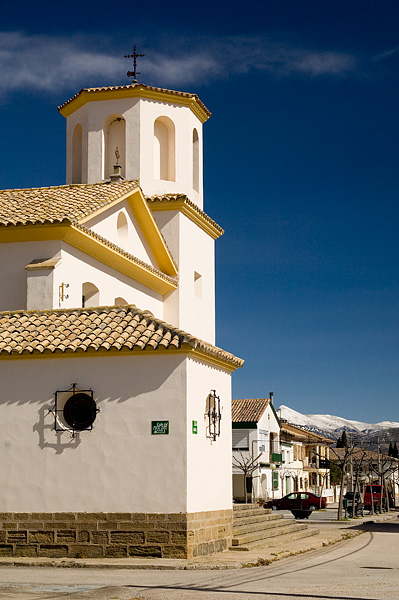
A curious architectural landmark is the 15th- to 17th-century “junction house”, once used to connect the irrigation ditches.
Highly recommended for its stunning scenery, particularly when the seasons change, is the route through the Cortés wetland, where you can continue the path to Banastás, as well as to Chimillas.
The village’s natural heritage includes the “Carrascal de Nisano”, a large oak forest, the only one on the Huescan plain, a large stretch of forest surrounded by wheat fields, with single large holm oaks –like the Carrasca Becha, a cataloged monumental tree– dotting the fields.
Banastás celebrates its annual festivals on November 30th in honor of San Andrés, and on December 8th for the Immaculate Conception.
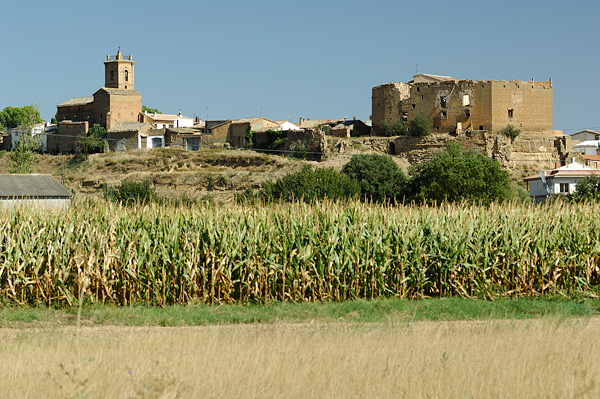
Argavieso is located on the old Ilerda-Osca Roman road. The village profile is dominated by the spectacular Gurrea Castle and Palace, located at one end of the village center, on a large rocky promontory that towers over the village. Its rectangular shape, chamfered on its western side, has been damaged over the years, although visitors can still visit a 16th-century Renaissance patio inside.
The parish church, a traditional 18th- to 19th-century structure, stands at the opposite end of the village.
The village was first documented in 1097, when it was donated to the Montearagón Monastery. It later belonged to the Order of St. John of Jerusalem.
Argavieso is the birthplace of the illustrious educator Felipe Martín del Campo.
The village has rich natural surroundings: the “Peña Mora”, part of the “Piedras Fecundantes (Fertility Rocks) Route”, sandstone formations attributed to ancient pagan fertility rites.
The village celebrates its festival of the Immaculate Conception on December 8th, and on May 1st a `pilgrimage is made to the Chapel of the Virgen de la Corona de Piracés.
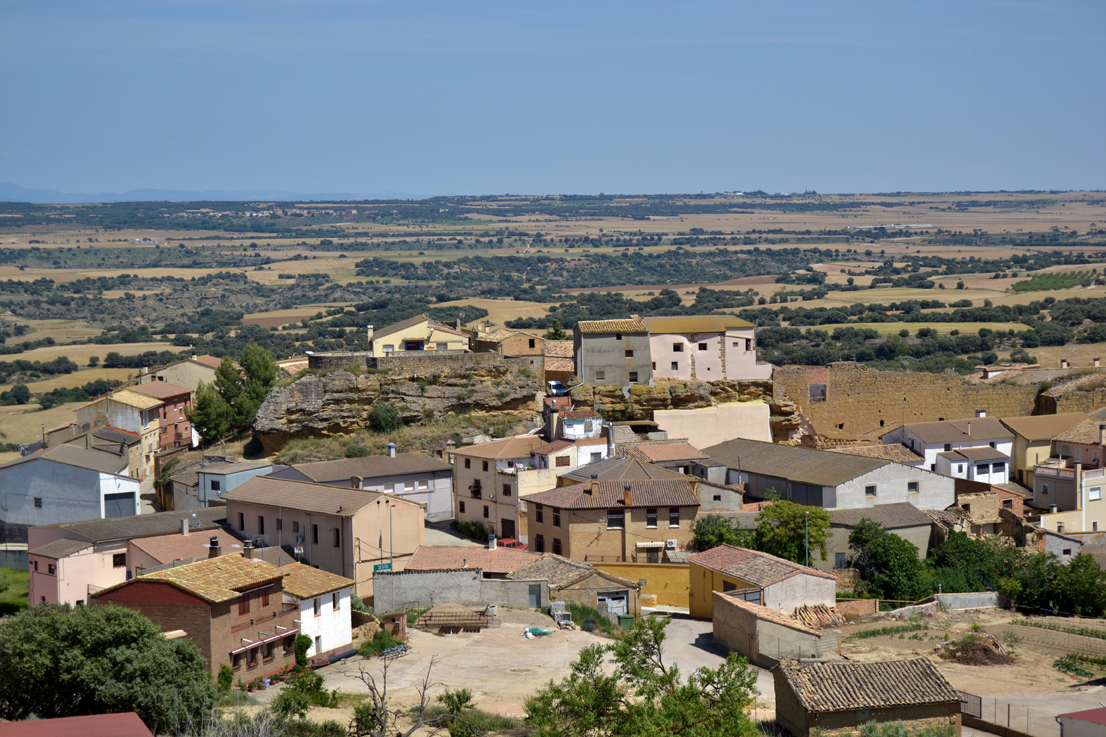
Nestled in the Somontano region in Huesca, Antillón is one of those places that exceeds expectations.
Strolling through its streets means discovering places and memories of times past, including the old mill and oil factory, a well-kept open-air museum dedicated to keeping the traces of traditional crafts alive.
The surprises come more quickly as we get closer to the top of the sandstone hill on which the village sits: several sections of city walls, towers, and a gate welcome us to the historic historical complex. After crossing this threshold visitors can explore the interesting Romanesque Parish Church of the Natividad de la Virgen, and beyond the church, a bit higher up on the hill, an open square bordered on one side by the former communal bread oven.
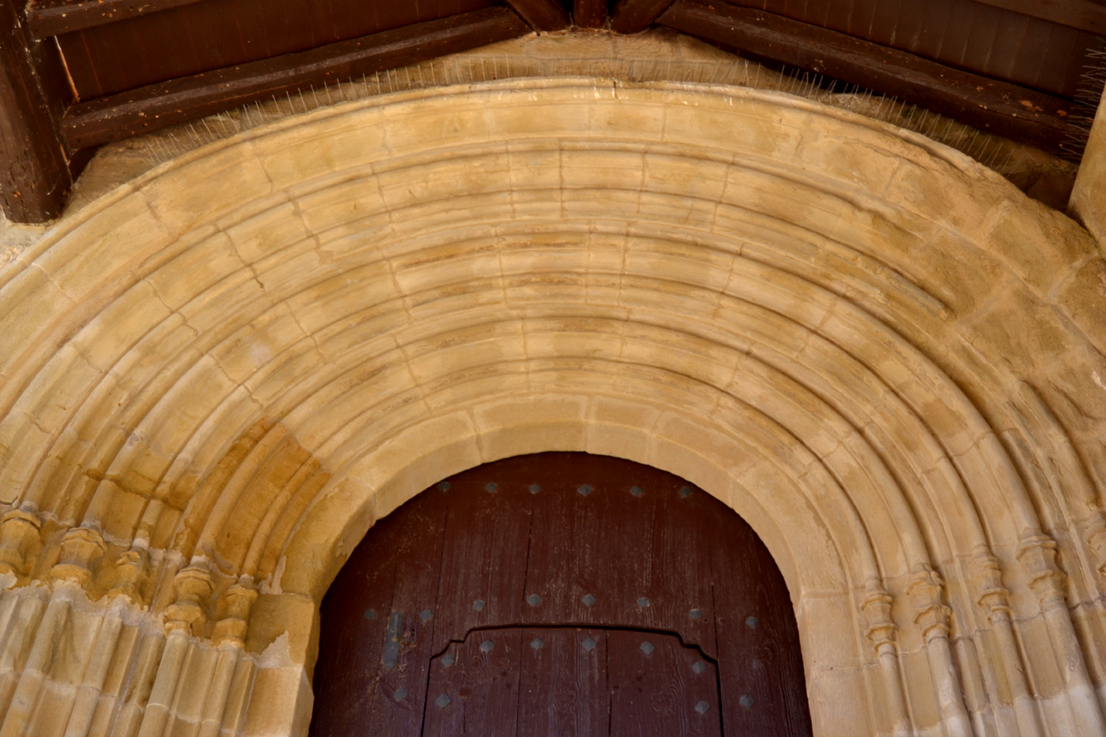
If you skirt the church and continue to walk uphill through the narrow streets of Antillón, you’ll make it to the top of village and its spectacular views of the surrounding region.
This picturesque villages is part of the Catalan section of the Camino de Santiago (Way of St. James) as it passes through Aragón.
The old fountain and the Chapel of San Cosme y San Damián and the Chapel of San Juan are located on a nearby hill.
The area is also home to a rich variety of natural attractions and interesting geological features, including the Hormiga ravine, the "Poza Sola" gorge, and the "fairy chimneys".
Antillón celebrates its annual festivals on September 8th in honor of the Nativity of the Virgin Mary, and on April 29th with the pilgrimage to the Pueyo Monastery.
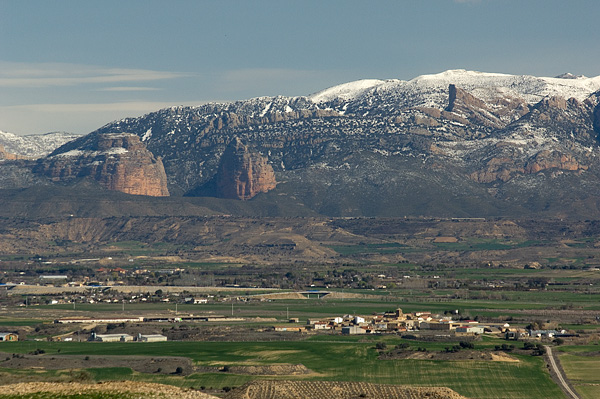
Alerre is tucked between La Violada and La Sotonera plains.
The hamlet was built on the slope of a small hill and features outstanding examples of historical noble architecture.
At the heart of the village is the parish church dedicated to James the Apostle, which is annexed to the magnificent tower from the Middle Ages. The village has enhanced this late medieval-style lookout by turning it into a Costume and Footwear Museum. The viewpoint and museum houses local, national, and international treasures of significant enthnological value. The costumes, footwear, fans, and hats on display were acquired by diplomat Tomás Moyano on his travels around the world. Given his emotional relationship with the village, he decided to bequeath the collection to the village for public display at this historical site.
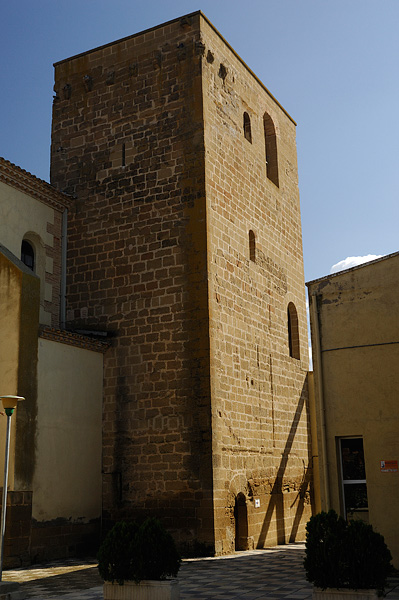
As a point of interest, tradition has linked the village with the "Siete Lugares (Seven Places)", that is, villages that swore their loyalty to the Chapel of Loreto, an ancient Roman "fundus" where legend has it that Saint Lawrence, one of the seven deacons of Rome and a martyr, was born.
Alerre celebrates its festivals in honor of two important saints: St. Sebastian on January 20th and St. James in summer, on July 25th.